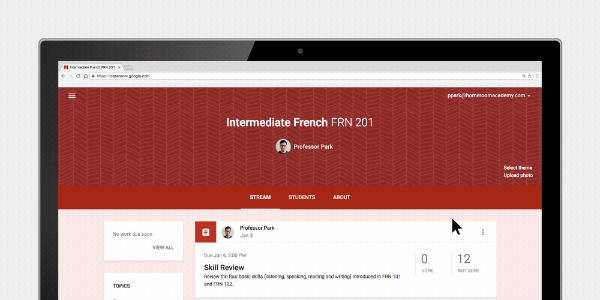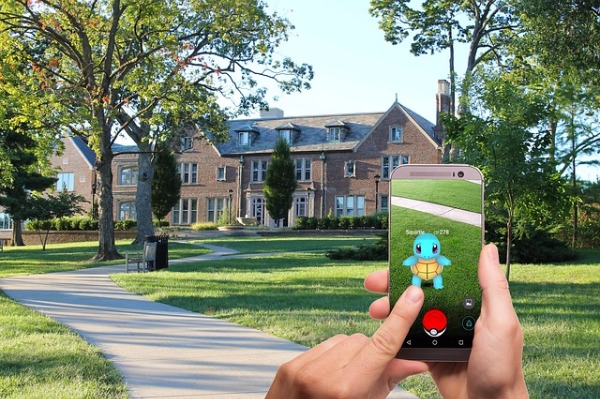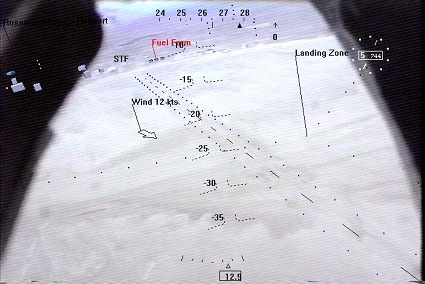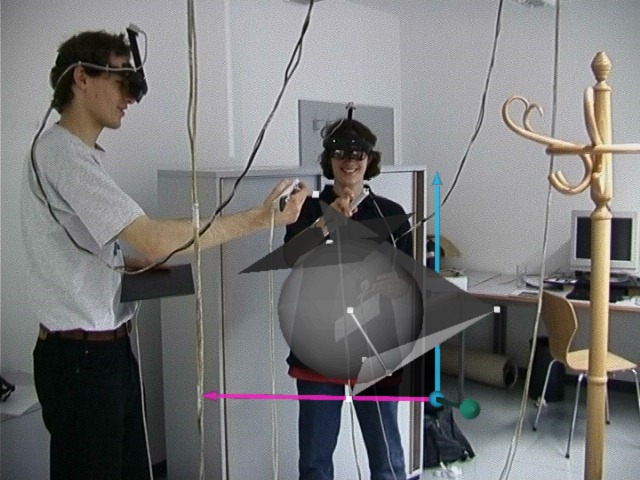The Battle of the Learning Management Systems

Yesterday, I wrote about Google's continuing movement into the learning management (LMS) world, and a reader sent me an opinion piece that says that the "Goliaths" of the LMS world are losing ground to the "Davids." The author of that piece, Carol Leaman, does not tell us who these "Davids" are by name. Are they the more open systems like Moodle and Sakai? Is Google Classroom one? It's hard to think of Google as a David when we know it is a Goliath.
But the real takeaway from the essay is that after about two decades of LMS use advancements have not kept pace with expectations for both academic classroom use and for the training of employees.
The author gives numbers (from Ambient Insight) that show global revenues of $46.6 billion in 2016 declining to $33.4 billion by 2021 with the U.S. corporate segment having a negative 33.9 percent growth rate.
What are schools and companies looking for? The wish list includes platforms that are mobile-first, cloud based, drive voluntary learner engagement and use what we are learning from cognitive science about mapping knowledge to how learners best acquire it.
In my seventeen years of using various LMS and doing instructional design for both higher education and corporate training, I noticed a gap between those two markets. Much to my initial surprise, organizations outside academia were much more concerned with being able to measure knowledge, mastery and growth by learners and correlate it to business results.
It shouldn't have surprised me that companies wanted a return on their investment (ROI) in an LMS and in training costs and employee time. Surely, we have these concerns in education too, but our "assessment" follows different models. Education has several centuries of precedents for measuring learning. Some of them work in the modern classroom. Some do not. Even fewer work in an online environment.
The LMS field is still young. Many people consider FirstClass by SoftArc (which the United Kingdom's Open University used in the 1990s) as the first modern LMS. Blackboard, WebCT and others appeared at the turn of this century. But learning management systems were preceded by computer-managed instruction (CMI), and integrated learning systems (ILS) which offered a way to manage instructional content and also manage student data. When I started in online learning at NJIT in 2000, we used the term CMS (Course Management System). If you consider in this history the terms ILS (coined by Jostens Learning) and CMI (originally used to describe the PLATO Learning Management system), then we can go back to the 1970s and find systems for computer-based instruction being offered that were content-free and a separate product from the course content.
About ten years ago, mergers in the learning industry brought the LMS into the same house as publishers of content. This was a meetup that I have always seen as dangerous for education, but probably good for corporate clients. I don't want to see curriculum coming from a vendor, even though I have to concede that textbooks have unfortunately driven course design for a very long time.
Will Goliath(s) fall and if so, who and what will bring it down?

I received an email letting me know that Carol Leaman is the CEO of Axonify, so the David in this story is Axonify.




